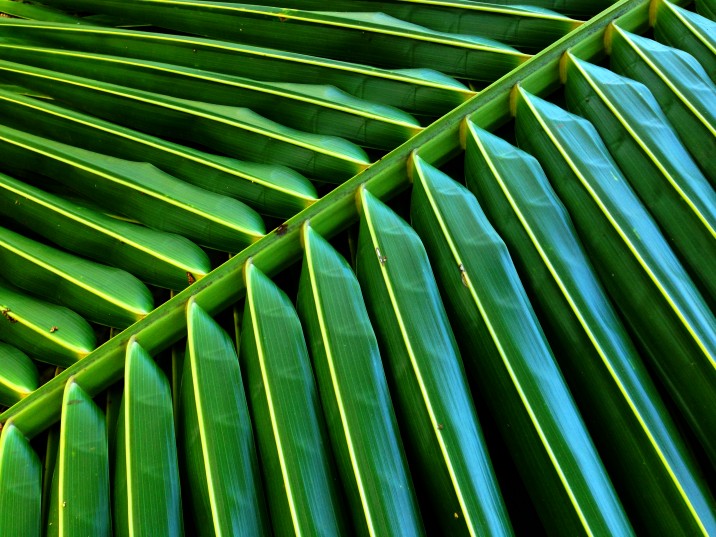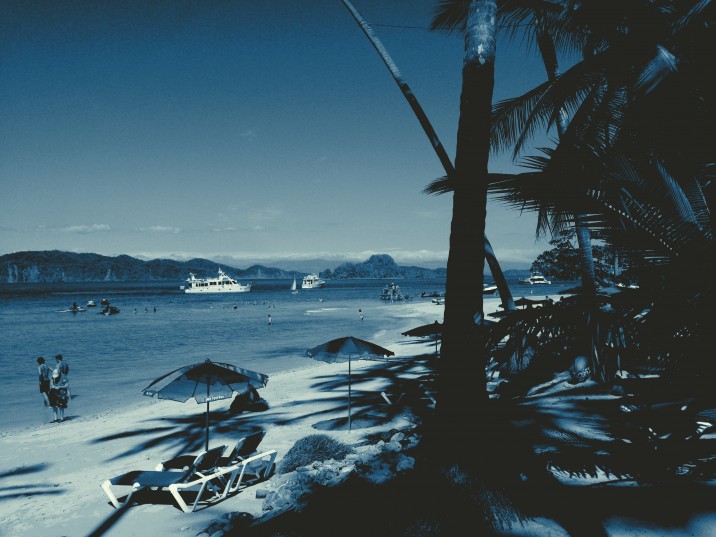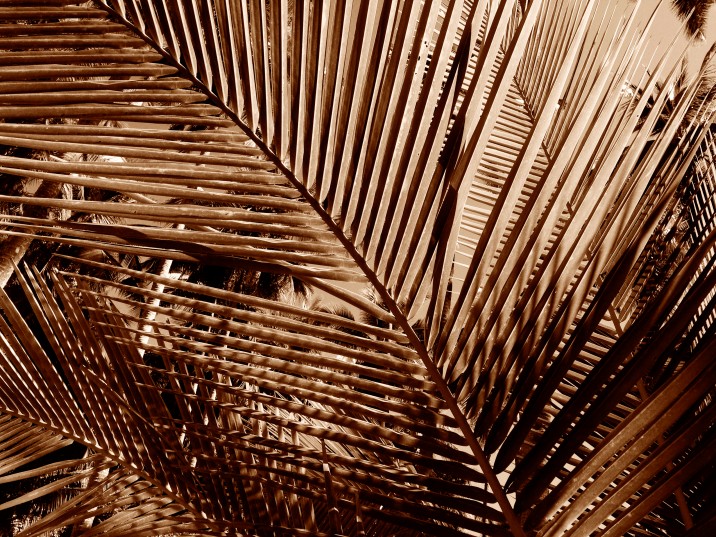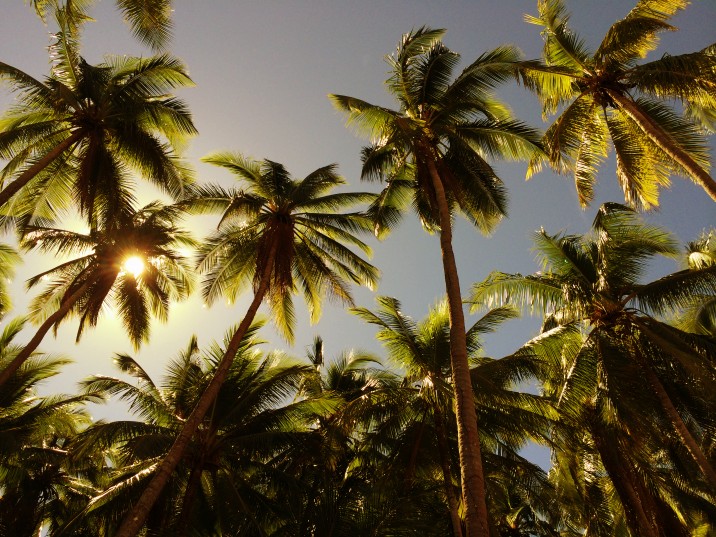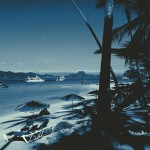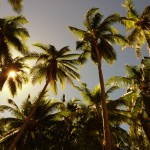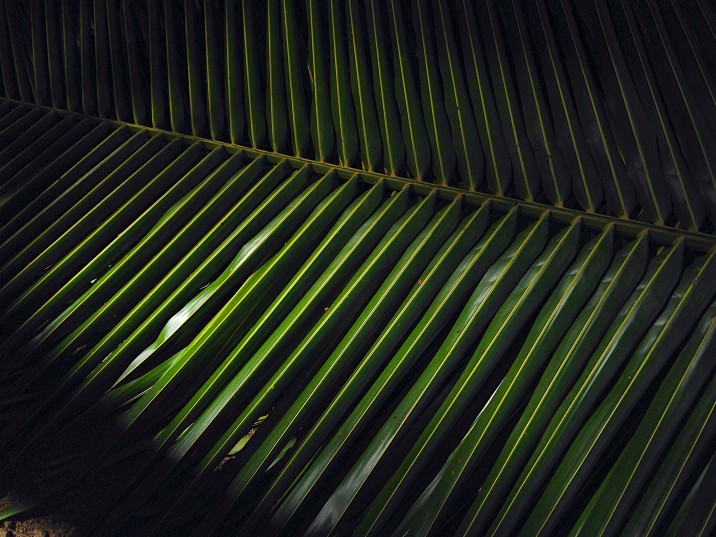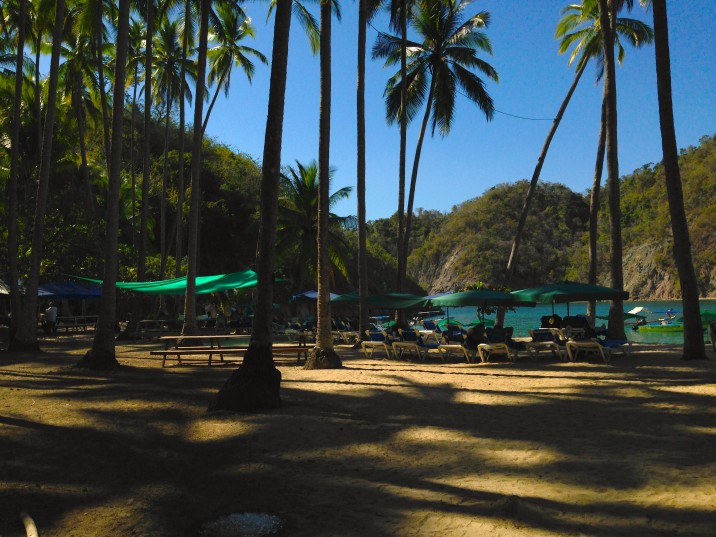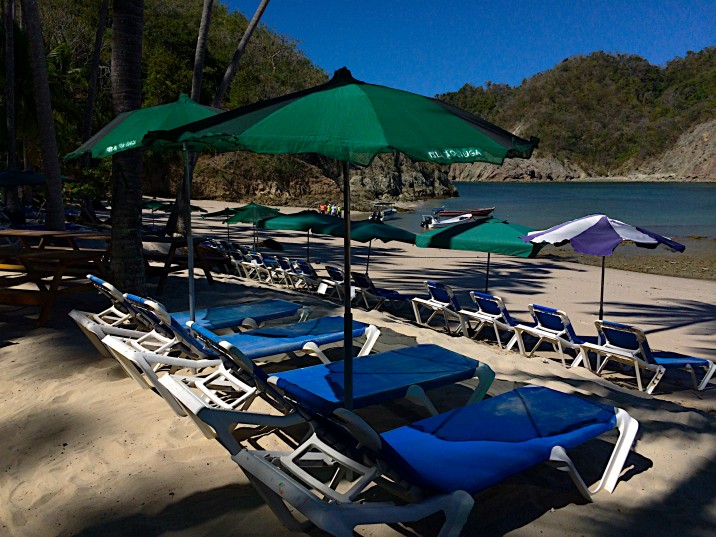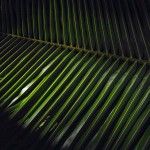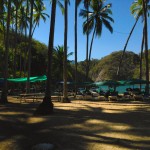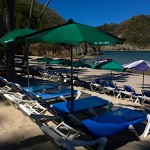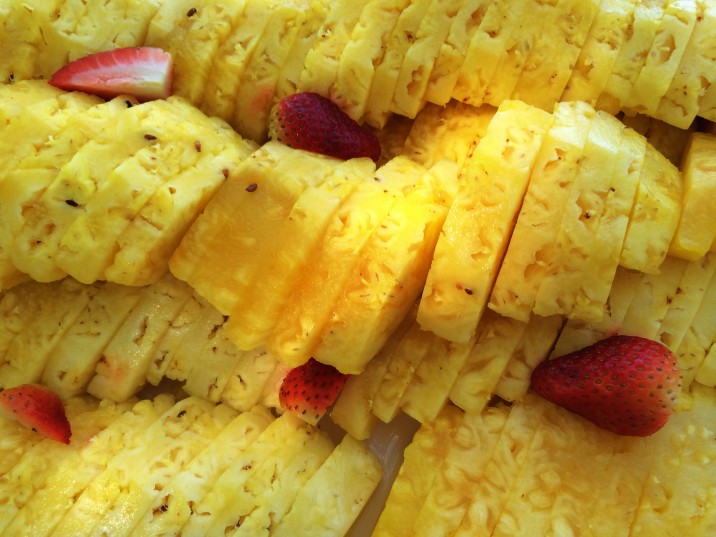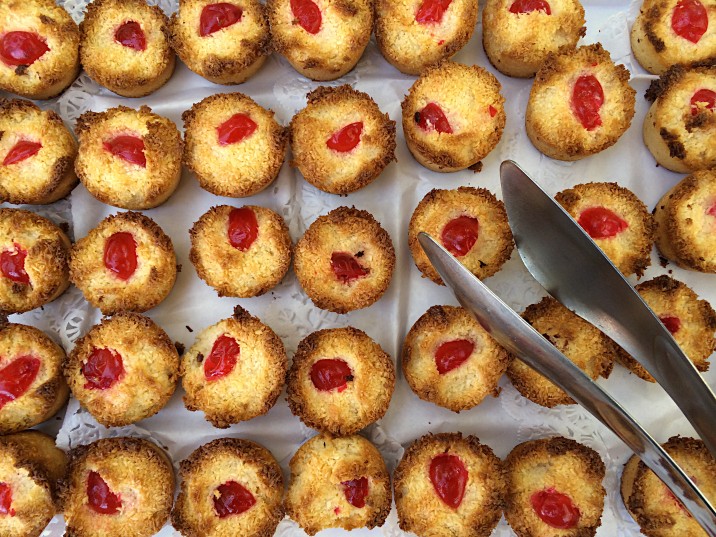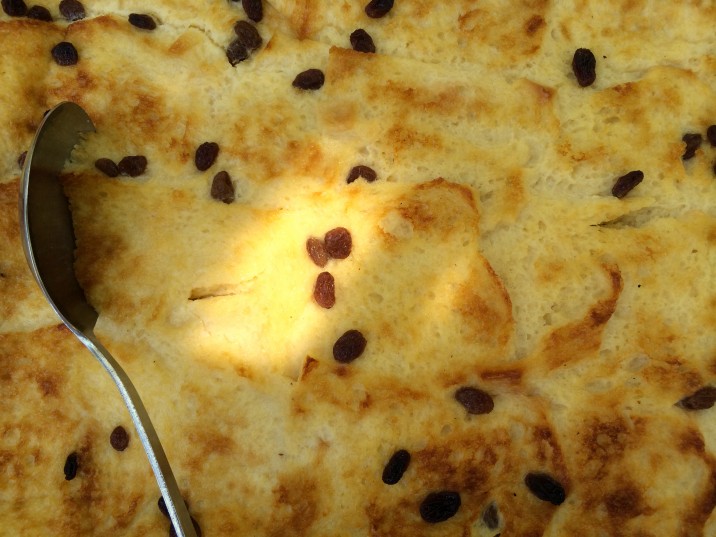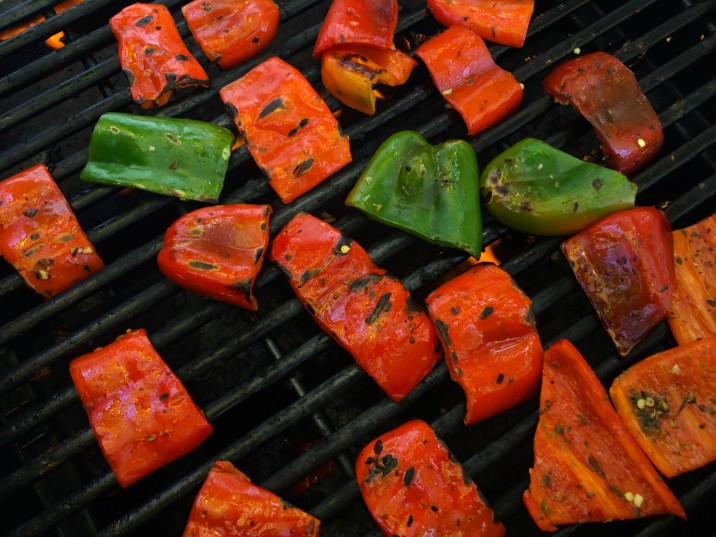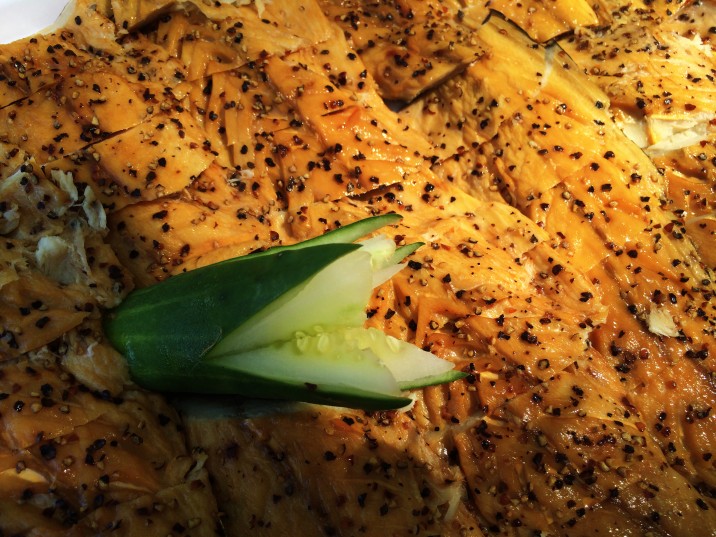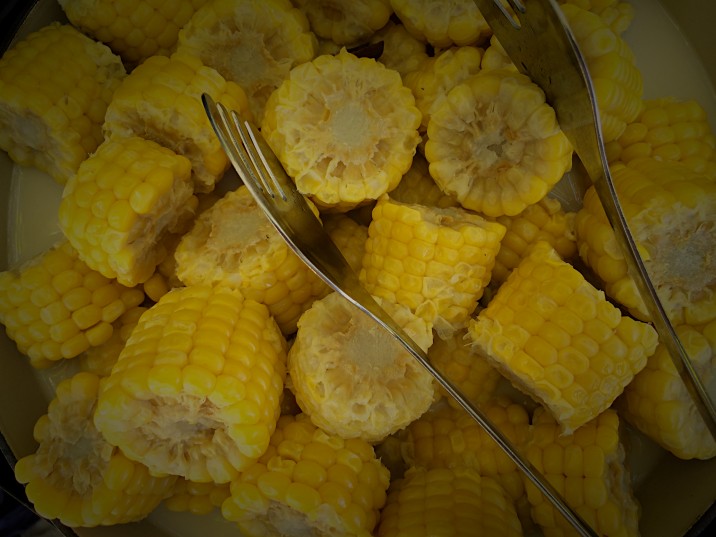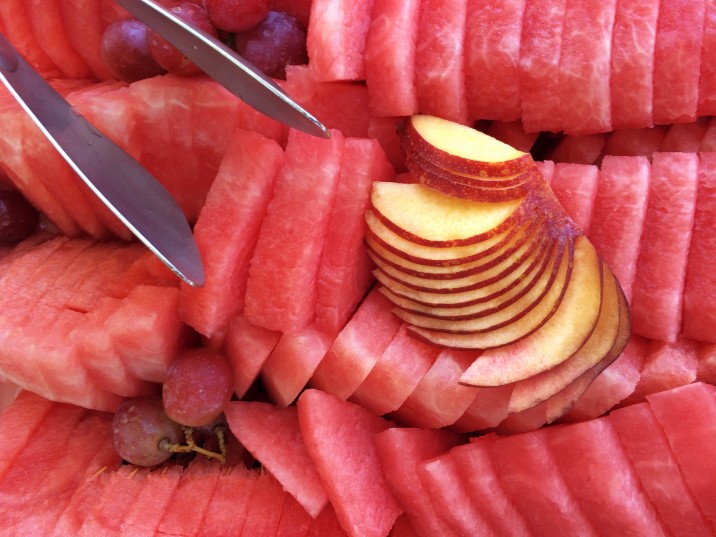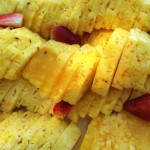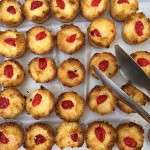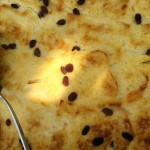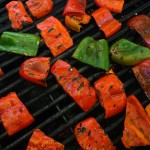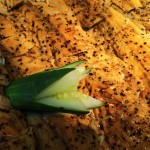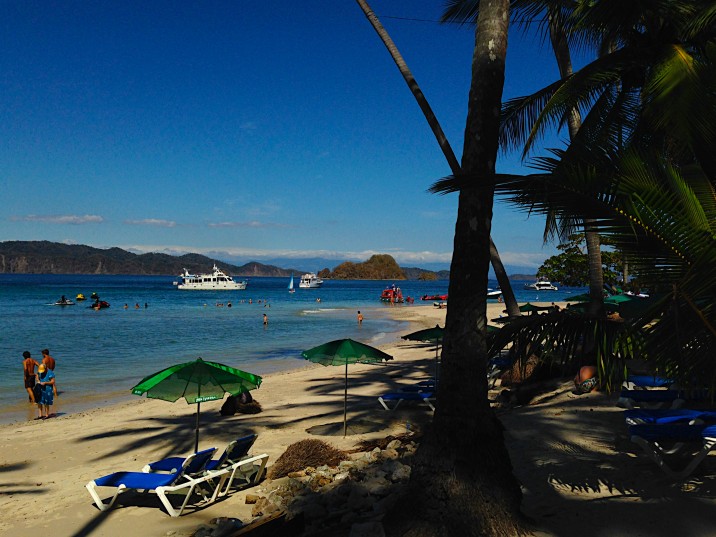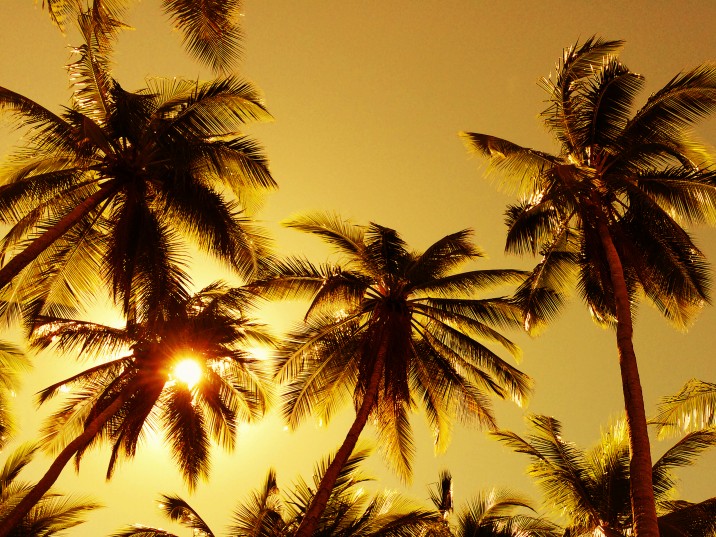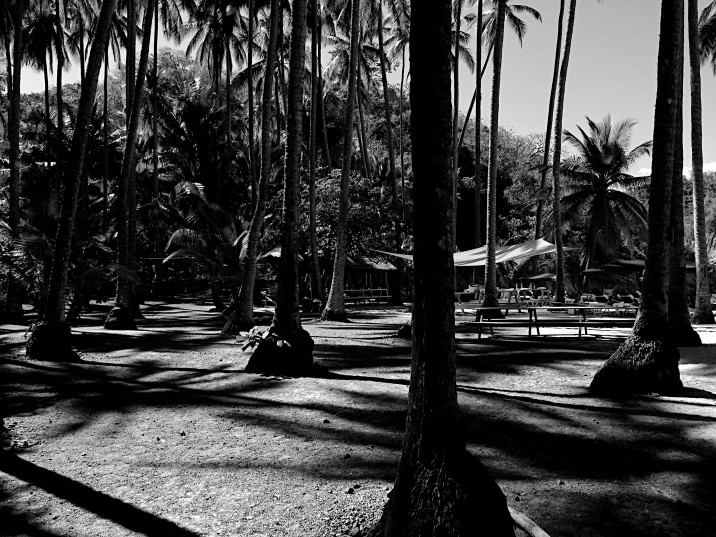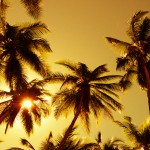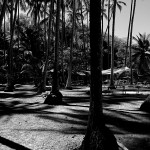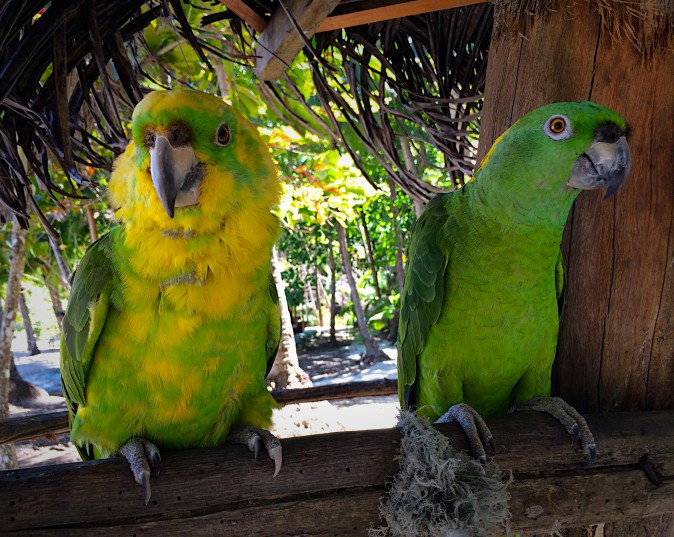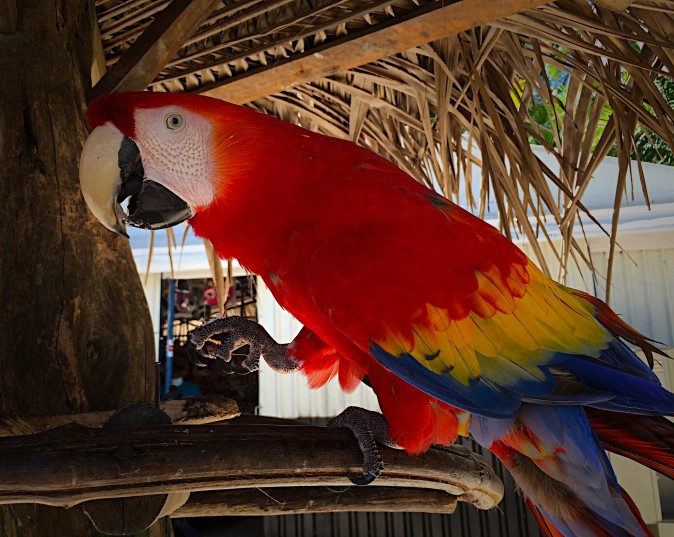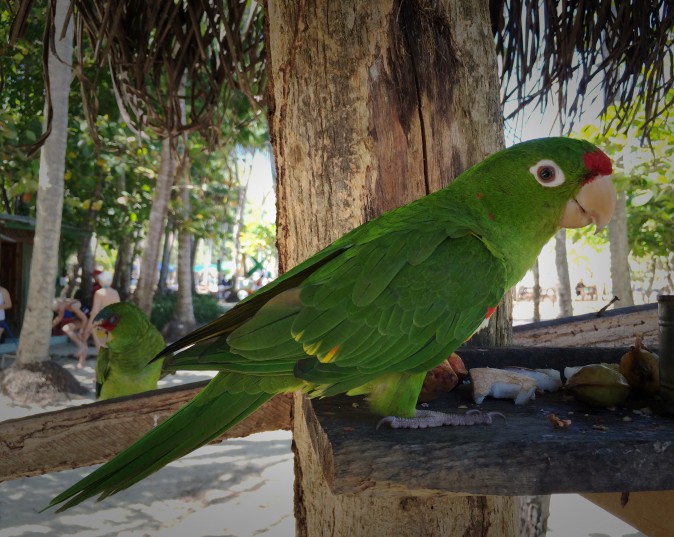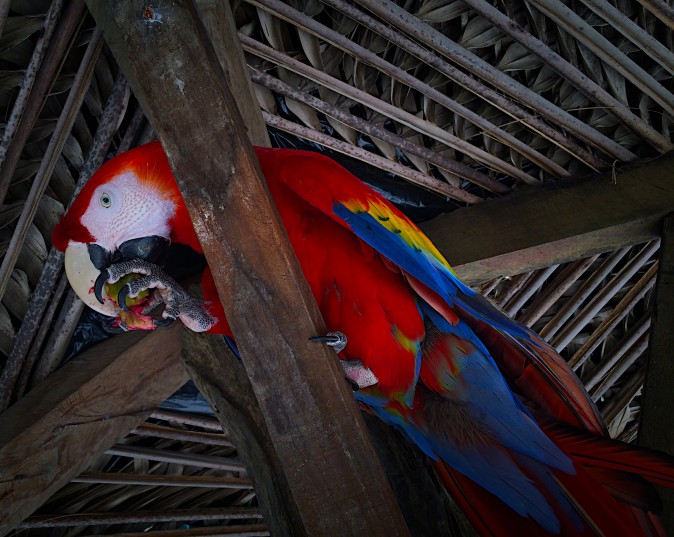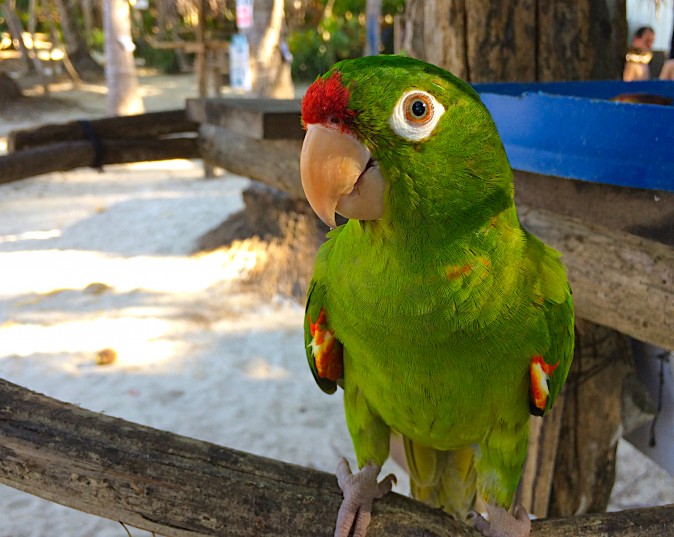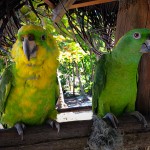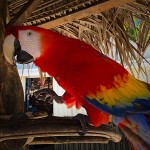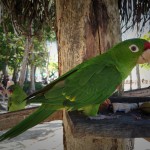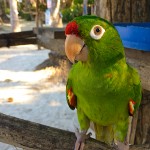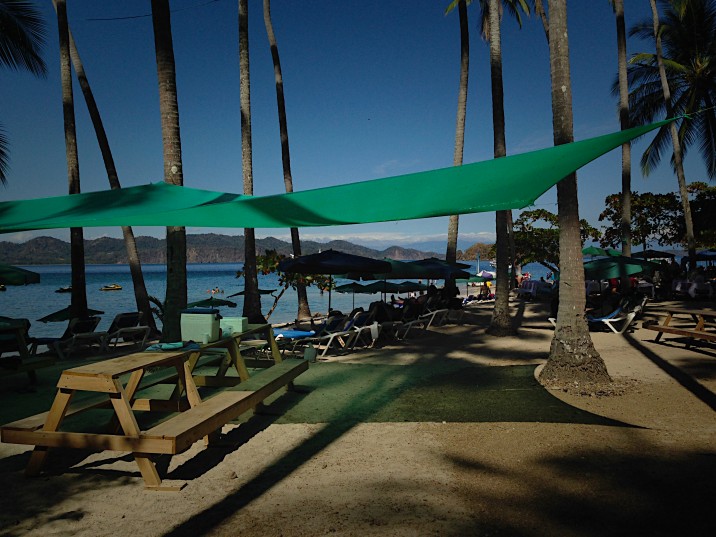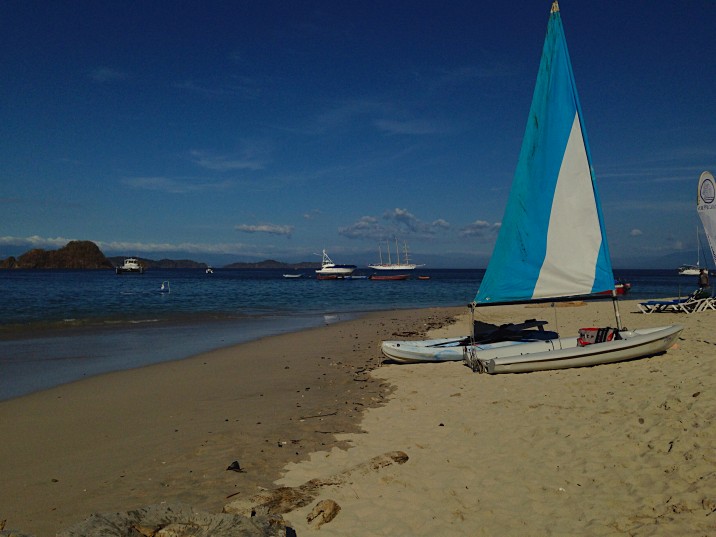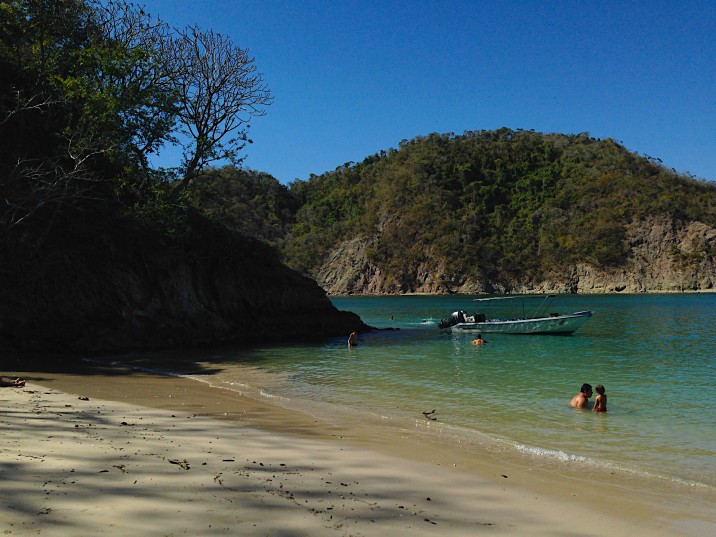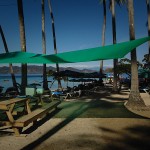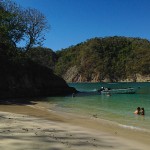Shooting Paradise: In Search of the Quiet

About Jack Hollingsworth
Jack Hollingsworth, a denizen of Austin, TX, is an award-winning, 30-year career veteran in commercial photography. Jack has fallen in love with his iPhone camera as his primary capture tool. He is also an avid Camera+ devotee and has been since day one. He deeply believes that, when all is said and done, the iPhone may just be remembered as the most influential capture device ever in the history of photography.
The peaceful Isla Tortuga is situated on the southern tip of the Nicoya Peninsula. It consists of two uninhabited islands and often is regarded as some of the most beautiful beach island property in Costa Rica.
I know what you’re thinking – white sand beaches, gargantuan coconut palms, azure ocean waters, coral reefs, and plentiful wildlife. Just how hard can it possibly be to come away with great iPhone photographs? Actually… harder than you might think. Read on.
Let me lay out a couple of tips for shooting, with your iPhone, in a tropical paradise setting:
In Search of the Quiet
I’ve learned, throughout my photographic career, that the more you can strip down an image to its core essentials… the more powerful the photograph becomes – less noise, more signal. That’s my mantra here. I define ‘noise’ in a photograph as visual distractions and disturbances – less clutter, more content. In my own words, I call these the ‘quiet’ shots. The true absence of noise, disorder, and disarray. Shots that touch the ‘quiet’ in you and make you appreciate those peaceful moments.
Simple photographs are the best because less is almost always more. As you look at these shots, don’t you have a sense of peacefulness, quietness, and calm serenity?
01_in search of the quiet
Inspiration and Aspiration
Inspiration is the process of being mentally stimulated to do or feel something – especially something creative. Aspiration is the hope or ambition of achieving something.
In tropical photography you want a heavy dose of both inspiration and aspiration. You want to move your audience to feel a certain way about the destination you’re photographing (i.e. inspiration). You also want to motivate your viewer to even visit the location your shooting (i.e. aspiration).
In your photography, inspiration could be the ‘aha’ moment, and aspiration could be the ‘wishing you were here’ moment.
Inspiration feeds the dreamers.
Aspiration helps put dreams into action.
Frame of Mind
I visited this private, secluded tropical island while sailing with the majestic StarClippers.com cruise line in Costa Rica. What I can tell you, with certainty, and after much global traveling experience, is that mood effects message. Your simple ‘frame of mind’ will, in large part, determine not just what you shoot but how you shoot it.
What you are thinking and feeling, at any give moment in time, will influence, impact and affect your photographs. Keeping a healthy and productive ‘frame of mind’ will often result in photographs that reflect these positive maxims. If you’re feeling all ‘gloom and doom’…you’ll see the results in your work. Keeping a favorable and enthusiastic approach and attitude in your photography is just like an athlete putting on a ‘game face’. Mood affects the message!
What You See is Not Always What You Get
When shooting on a tropical island, what you see is not always what you get. Your eyes may record a scene in one way, but your iPhone sensor will record it altogether differently. That’s because the way your eyes see and experience the world around you is not the same as how an iPhone camera records light. Ever wonder why when you arrive home from a spectacular tropical vacation, show your friends the shots you took on your phone and feel disappointed? You may find yourself saying, well, it looked better in person!
The human eye has a far greater ‘dynamic range’ (10–24 stops of light) than an iPhone sensor (7–10 stops of light). Dynamic range, in photography, is generally measured in EV (exposure value) differences (also know as ‘stops’). That means you need to pay very close attention to metering for your highlights and making sure that those highlights are not blown out or washed out.
I often put my Camera+ exposure reticle right on the scenes’ brightest highlight and then I lock that exposure in while shooting the entire scene.

iPhone Tends to Overexpose Most Scenes
I’m sure I’ll catch a lot of flack for this, but I’m going to say it anyway because this is my experience as a mobile photographer. The iPhone, especially in ‘auto’ mode, has a tendency and susceptibility to overexpose most outdoor scenes. It lets in too much light and destroys the detail in the highlights.
My solution for this, especially when shooting in the tropics with lots of reflective sand, sky and surf, is to only rarely shoot in ‘auto’ exposure mode. It is much better to shoot with a camera app that allows you to independently set, lock and control both exposure and focus.


Deliberately Underexpose
If, like me, you like your colors to ‘pop’ and look saturated, then you might try deliberately underexposing your iPhone images – that’s right…underexpose.
Camera+ has a really cool compensation dial that I love and use often. It allows me to deliberately underexpose (or overexpose) my scenes – depending on what I’m trying to accomplish in each photograph. It is much easier, in post processing, to use a photo app that will bring out details in the shadow areas rather than recover detail from an over-exposed highlight.
Learn to be discriminating. Since the whole process of ‘exposure’ is quite subjective, you have to find what exposure values suit you best, and let your exposure style guide you.
06_Deliberately Underexpose
Tropical Delights
As you might imagine, on a tropical island like Isla Tortuga, there is boundless subject matter to shoot. Some of it is quite easy to shoot and some of it more challenging.
Here are a few technique tips that I learned while shooting on Isla Tortuga:
Food
Food is so much more flattering when you shoot it in open shade and not direct light…then you can ‘warm up’ your color balance before you shoot it.
07.1_Tropical Delights_Food
Silhouettes
Graceful and beautiful palm trees were the perfect subjects for shooting silhouettes. You get this effect by locking your exposure meter on the sky (the brightest part of the scene).
07.2_Tropical Delights_Silhouettes
Birds
Believe it or not, I found a few domesticated parrots and parakeets on the island and managed to sneak in a few ‘portraits’. I used the OlloClip 2x tele lens for these portraits, which effectively doubled the focal length of the iPhone lens from approximately 30mm to 60mm. This allowed me to get close to the birds without frightening them. BTW, the OlloClip 2x tele lens rocks! It’s worth every penny and one of my favorite iPhone accessories.
07.3_Tropical Delights_Birds
Beachscapes
Beachscapes are a bit tricky since there are usually so many shadows and highlights in the image. I find it best to expose for the highlights and, on occasion, deliberately underexpose the image.
07.4_Tropical Delights_Beachscapes
Ahhhhhhhh
There you go. Basic tips for shooting with your iPhone in a tropical setting – blissful simplicity and quiet images that inspire. It’s your turn now. Bon voyage!
Featured Posts
-
 Camera+ 10 arrives with full depth support, HEIF, accurate viewfinder and smiles!
by Pedro Cuenca
Camera+ 10 arrives with full depth support, HEIF, accurate viewfinder and smiles!
by Pedro Cuenca
-
 A Beginners Guide for Manual Controls in iPhone Photography: ISO
by Jack Hollingsworth
A Beginners Guide for Manual Controls in iPhone Photography: ISO
by Jack Hollingsworth
-
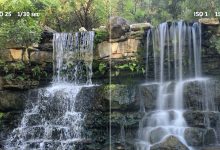 A Beginners Guide for Manual Controls in iPhone Photography: Shutter Speed
by Jack Hollingsworth
A Beginners Guide for Manual Controls in iPhone Photography: Shutter Speed
by Jack Hollingsworth
-
 How To Shoot Close-Up and Macro Photography With Your iPhone
by Jack Hollingsworth
How To Shoot Close-Up and Macro Photography With Your iPhone
by Jack Hollingsworth
